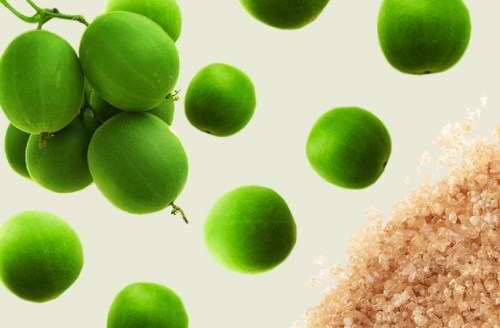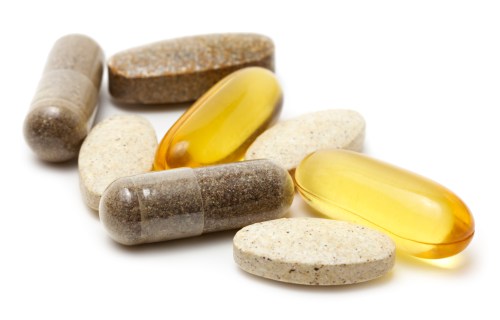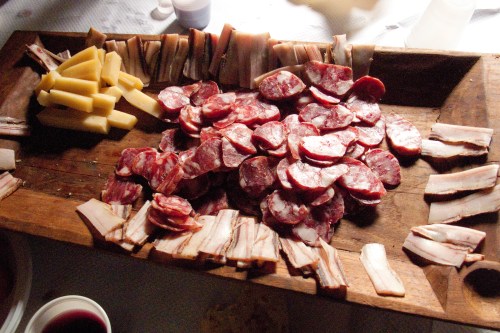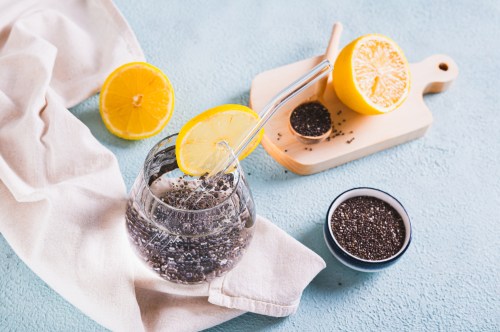Our editors independently select these products. Making a purchase through our links may earn Well+Good a commission
Well+Good is your healthiest relationship, hooking you up with the best, most interesting things/people/leggings in wellness. And nothing gets at this concept better than the plus sign in our logo.
Inside this plus sign, which acts like a gallery window, we showcase the most exciting, transformative trends and ideas that add wellness to your life. This week on The Plus Factor, we’re focused on the about-to-be-everywhere healthy sugar substitute that’s dethroning everything from stevia and Splenda to agave.
By now, it’s not groundbreaking news that sugar, in it’s white, sparkly form, is, well, pretty terrible, AKA “the devil,” according to a top doctor. With the U.S. Food and Drug Administration mandating that daily values of sugar will (finally!) be spelled out on nutrition labels, you can expect a lot more food and beverage manufacturers to start turning to alternative sweeteners.
The substitution sweetener game is nothing new. (Remember the Splenda craze in the early 2000s?) For the past few years, stevia, from the leaf, has been the alt sweetener of choice, but lately a new one is taking over: monk fruit. It’s in dark chocolate almond bars like Primal Kitchen’s. Los Angeles’ Lifehouse Tonics uses it in their superfood elixirs. And sugar-packet brand In The Raw now sells a monk fruit sweetener that’s available at virtually any grocery or drug store. But is it really a better option?
Here’s everything you need to know about monk fruit, and how it compares to other sweeteners.
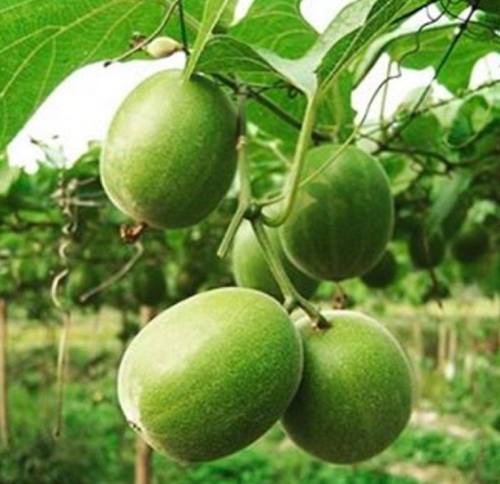
What is monk fruit and why do nutritionists give it a thumbs up?
Grown in Southeast Asia, monk fruit is a fruit with juice that’s about 200 times as sweet as sugar and has zero calories. Sounds too good to be true? It isn’t. “So far, there is no bad research or known negative side effects to using monk fruit as a sweetener,” Amy Shapiro, RD, says.
It officially became FDA cleared in 2009 without any caveats—it’s safe for people with diabetes, pregnant women, nursing moms—everyone. In The Raw jumped on the monk fruit bandwagon early by launching Monk Fruit In The Raw just a couple years after monk fruit was FDA approved. “It has the closest taste to sugar, but without the calories. It’s also heat stable, so you can cook and bake with it,” brand manager Sara Hoskow says.
Even skeptical Shapiro says “it’s a safe alternative sweetener to use because there is no effect on your blood sugar level—which is what you want to avoid—and it’s also high in antioxidants, so you’re getting an added health benefit when you use it to sweeten your smoothie bowl or coffee.” We’ll take that over a sugar crash anytime, thank you.
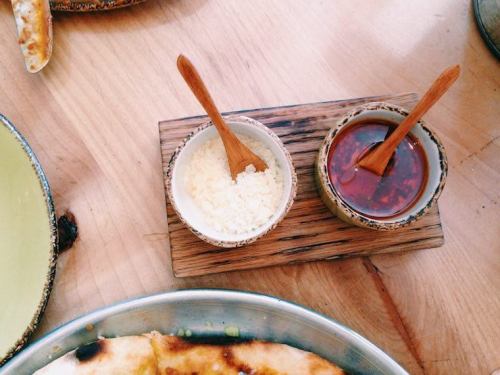
How monk fruit compares to other sweeteners
Some brands that pride themselves on using only clean ingredients use honey, agave, or maple sugar. While all these options are natural, Shapiro says she doesn’t recommend turning to agave for all your sweetening needs. “I’m not a huge agave advocate,” she says. “It has 60 calories per tablespoon, similar to honey and maple syrup, so it’s a misnomer that it is a low calorie sugar. It does effect your body less just because of the composition of being made of fructose [it is absorbed slower so it doesn’t spike blood sugar as much], but in the long run, we’re actually seeing more negative information on agave than we are positive.”
And then there’s stevia, which, like monk fruit, is also natural and has zero calories. But when Primal Kitchen set out to make their dark chocolate almond bar, COO Morgan Buehler says they went straight for monk fruit. Why? Stevia is often chemically processed and mixed with sugar alcohol, which many people have trouble digesting. “It also has a bitter aftertaste,” Buehler says. While their bar does have a touch of honey, she says it’s primarily used as a binder, and there’s not enough to add much sweetness.
Koochikoo, a cookie brand that relies on monk fruit, also skipped stevia. Founder Sally Cox likes “its health attributes and [the way], it’s cultivated without herbicides or pesticides.” For her, it’s simply cleaner. “It’s extracted using a water method rather than a chemical method.”
Lifehouse founder Jack Latner, which blends adaptogenic shakes, smoothies, and elixirs, says after lots and lots of testing, monk fruit not only held up as the best tasting sugar, but it also had nutritional benefits he though were important. “It’s not scientifically proven, but in the region of China where monk fruit is grown, people have been known to live for over 100 years. [So monk fruit is] known as the longevity fruit,” Latner says. Plus “we want every ingredient that we use to have some benefit,” he adds, referring to monk fruit’s antioxidants, anti-inflammatory, and cancer fighting qualities. “Stevia, even though it’s low in calories and has a low glycemic index, doesn’t have that special oomph that monk fruit provides.”
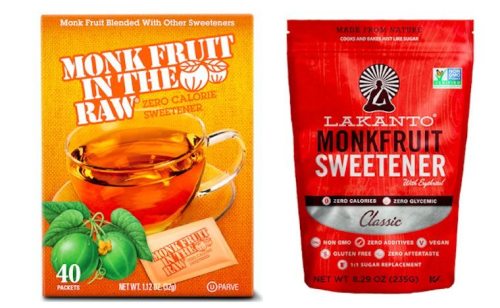
Why some brands use a monk fruit blend
Not all brands using monk fruit use it in their pure form. Monk Fruit In The Raw, for example, is a blend with dextose, a corn sugar (In The Raw recently reformulated their blend to be non-GMO, but not all blends using dextose are, so check for the butterfly seal to be sure), and Lakanto uses a blend of monk fruit and erythritol, a sugar alcohol. The blends aren’t as good for you as monk fruit in its own, but some brands do it to tone down the taste since monk fruit can be so saccharine.
“We [mostly] use a combination of monk fruit and erythritol because monk fruit is very sweet,” Latner confirms. “We find that the right balance of the two is the perfect solution.”
Fortunately, our nutrition expert says you don’t have to make yourself crazy hunting around for raw monk fruit—in her book, blends are fine. “However if you have a illness, are allergic to corn, or want to make sure the corn sugar is non-GMO then you might want to go the extra step,” Shapiro says. “I would also strongly recommend you start small if going pure as it is very, very sweet and that is why often mixed with corn sugar.”
But as more brands join the search for a cleaner sugar substitute, the market may become more competitive and new blends and preparations could come to your grocery shelf and morning coffee cup. One thing’s for sure: this is one ingredient you’re going to be seeing more of.
Want to get the low-down on all the other alternative sweeteners? This handy guide has you covered. And here’s how to know if you’re addicted to sugar. And because we’re not a total buzzkill, we’re sharing some summer cocktail recipes that are low in sugar…
Sign Up for Our Daily Newsletter
Get all the latest in wellness, trends, food, fitness, beauty, and more delivered right to your inbox.
Got it, you've been added to our email list.
